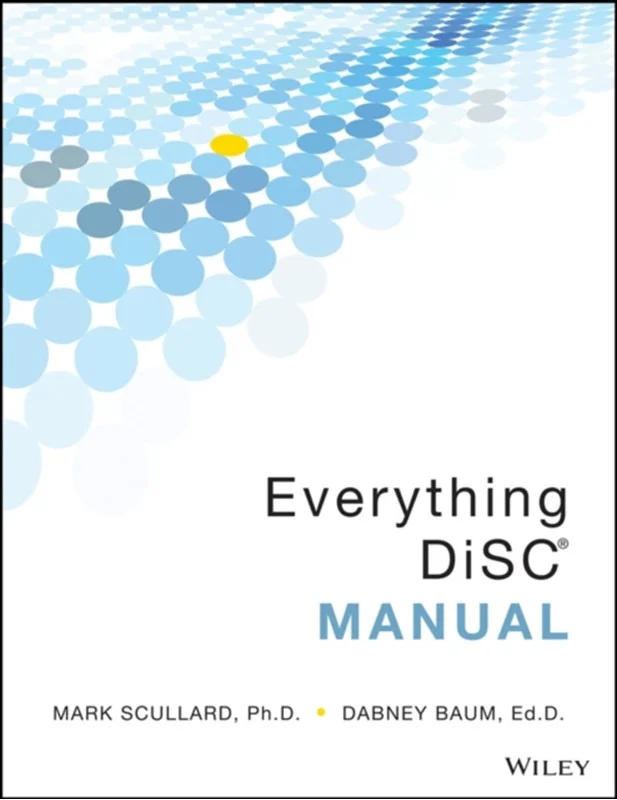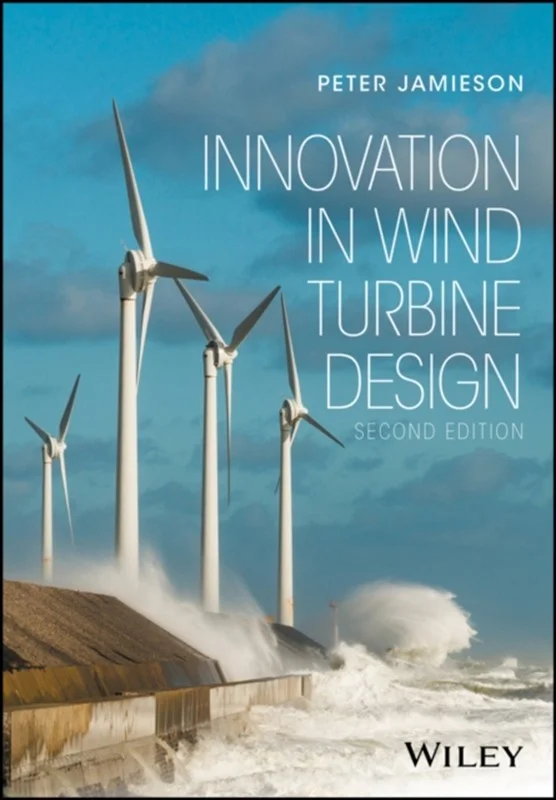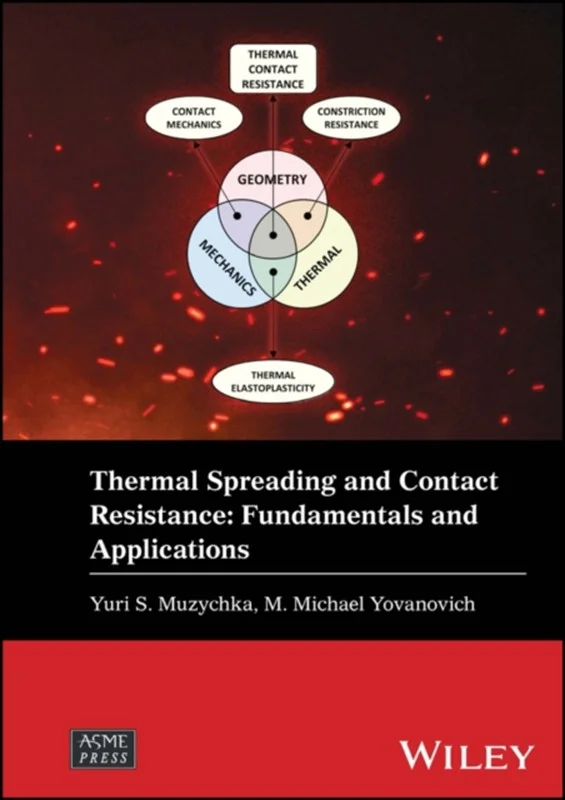Wind Energy Handbook - Michael Graham - Bog - John Wiley & Sons Inc - Booktok.dk
Fully updated and authoritative reference to wind energy technology written by leading academic and industry professionals The newly revised Third Edition of the Wind Energy Handbook delivers a fully updated treatment of key developments in wind technology since the publication of the book's Second Edition in 2011. The criticality of wakes within wind farms is addressed by the addition of an entirely new chapter on wake effects, including 'engineering' wake models and wake control. Offshore, attention is focused for the first time on the design of floating support structures, and the new 'PISA' method for monopile geotechnical design is introduced. The coverage of blade design has been completely rewritten, with an expanded description of laminate fatigue properties and new sections on manufacturing methods, blade testing, leading-edge erosion and bend-twist coupling. These are complemented by new sections on blade add-ons and noise in the aerodynamics chapters, which now also include a description of the Leishman-Beddoes dynamic stall model and an extended introduction to Computational Fluid Dynamics analysis. The importance of the environmental impact of wind farms both on- and offshore is recognized by expanded coverage, and the requirements of the Grid Codes to ensure wind energy plays its full role in the power system are described. The conceptual design chapter has been extended to include a number of novel concepts, including low induction rotors, multiple rotor structures, superconducting generators and magnetic gearboxes. References and further reading resources are included throughout the book and have been updated to cover the latest literature. As in previous editions, the core subjects constituting the essential background to wind turbine and wind farm design are covered. These include: The nature of the wind resource, including geographical variation, synoptic and diurnal variations, and turbulence characteristicsThe aerodynamics of horizontal axis wind turbines, including the actuator disc concept, rotor disc theory, the vortex cylinder model of the actuator disc and the Blade-Element/Momentum theoryDesign loads for horizontal axis wind turbines, including the prescriptions of international standardsAlternative machine architecturesThe design of key componentsWind turbine controller design for fixed and variable speed machinesThe integration of wind farms into the electrical power systemWind farm design, siting constraints, and the assessment of environmental impact Perfect for engineers and scientists learning about wind turbine technology, the Wind Energy Handbook will also earn a place in the libraries of graduate students taking courses on wind turbines and wind energy, as well as industry professionals whose work requires a deep understanding of wind energy technology.







